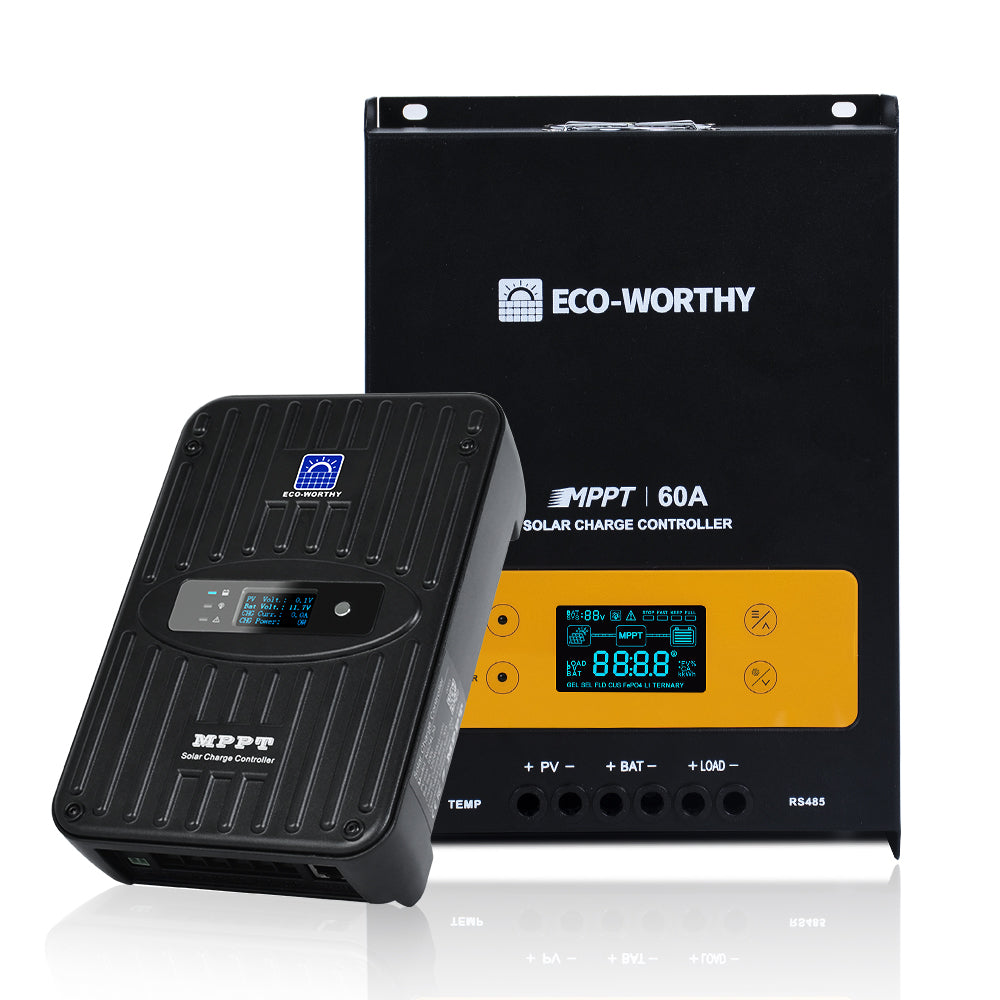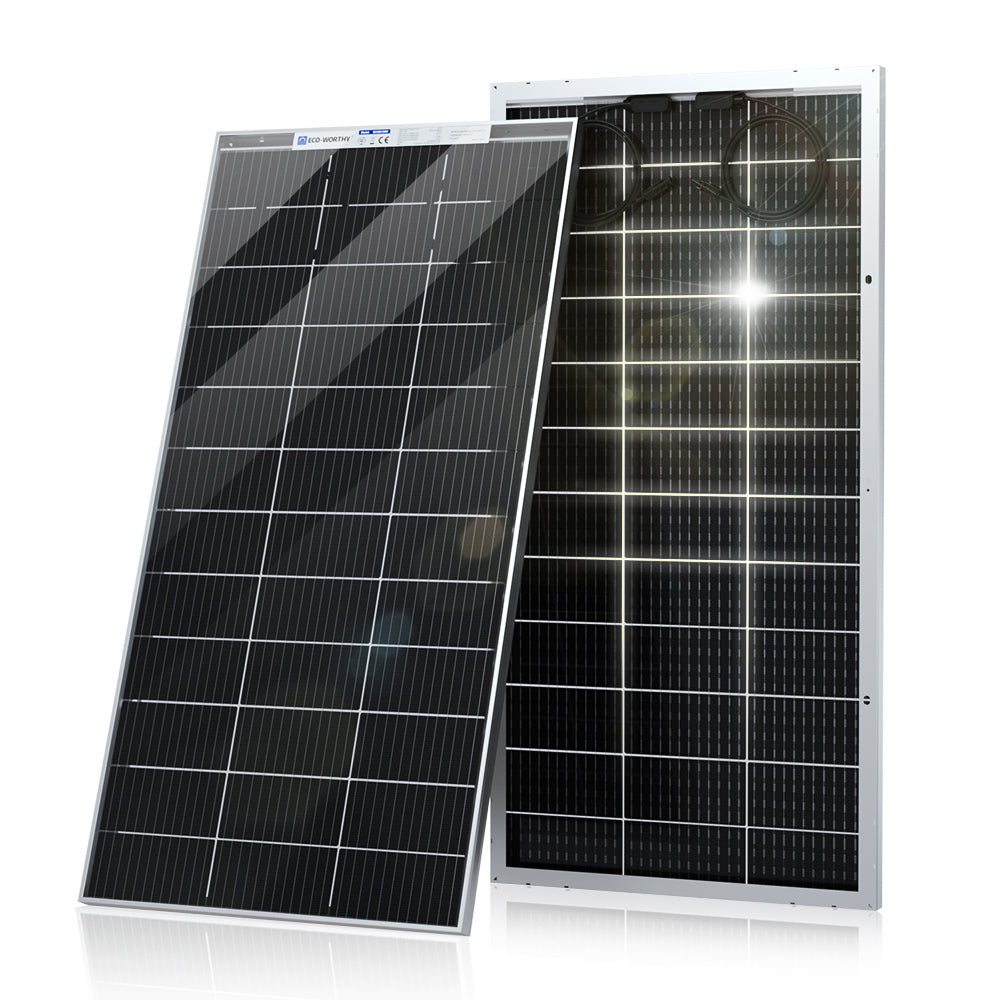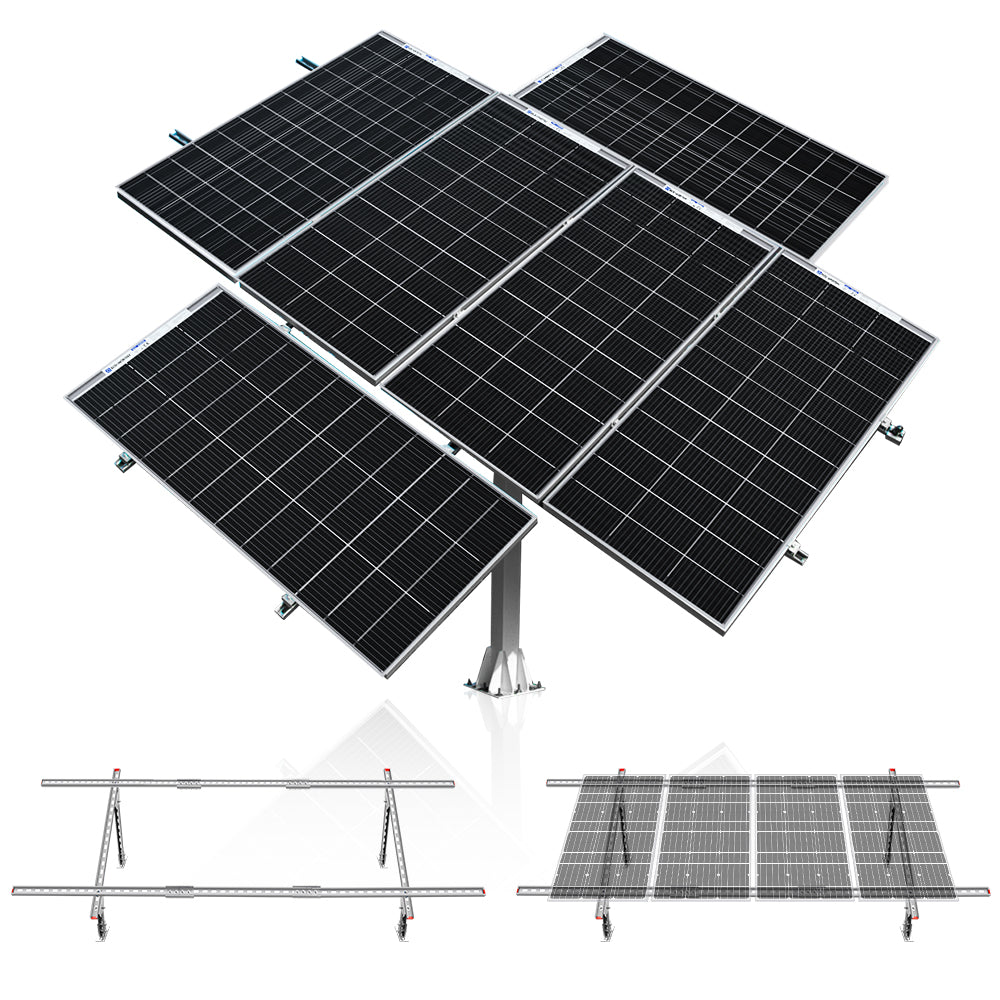System Installation Guide: Electrical Connection
Step 1: The battery ports of controller is connected to the battery. Note that the positive pole is connected to the positive pole and the negative pole is connected to the negative pole. The configuration of the battery needs to be based on the power of the solar panel.

Step 2: The panel ports of controller is connected to the solar panel. Note that the positive pole is connected to the positive pole and the negative pole is connected to the negative pole. When the solar panel is normally powered, the indicator light on the controller will be bright.
PS: The operating current of the controller should be higher than the output current of the solar system.

Step 3: The load ports of the controller is connected to the DC load.

Step 4: The input port of the inverter is connected to the battery. Note that the positive pole is connected to the positive pole and the negative pole is connected to the negative pole. The power of the inverter should be higher than the power of the load. The operating frequency should be the same as the operating frequency of the load. In a solar panel system, the power of the inverter should be 2-3 times higher than that of the capacitive load.

The wiring reference diagram of the off-grid system is as follows.

Now all the solar panels and controller is wired, for the load and inverter wiring Will show you later.
Off-grid system System Wiring (to DC load or AC inverter)
*Please check all above material is prepared. Follow the sequence below to set up solar system:
1. Connect the off grid inverter to the battery (Polarity '+" to "+","-" to "-")
2. Connect the DC appliance to the load port of the controller if you want to power your DC appliance.
3. Connect the AC load to the output port of the inverter. (If you have many appliances, please just plug the AC socket to the inverter)
4. Turn on the inverter when the battery is full charged, then the system starts working.
Note: Pay attention to the polarity, please make sure to connect the right polarity to the controller and the inverter. Otherwise, the controller will be burnt out.















 Kostenlose&schnelle Lieferung
Kostenlose&schnelle Lieferung
 14 Tage Geld-zurück-Garantie
14 Tage Geld-zurück-Garantie
 3 Jahre Garantie
3 Jahre Garantie
 Lebenslanger Kundensupport
Lebenslanger Kundensupport